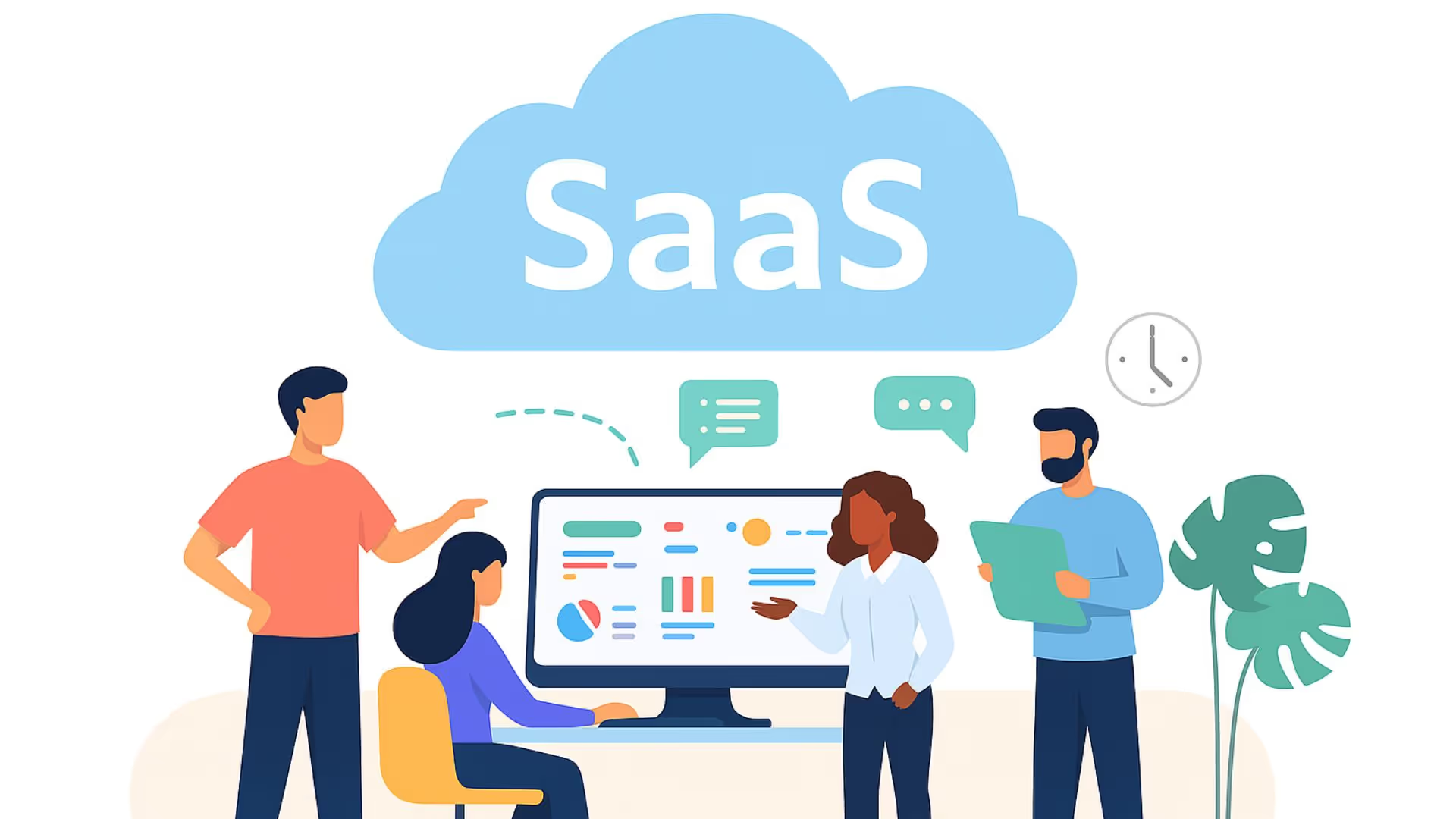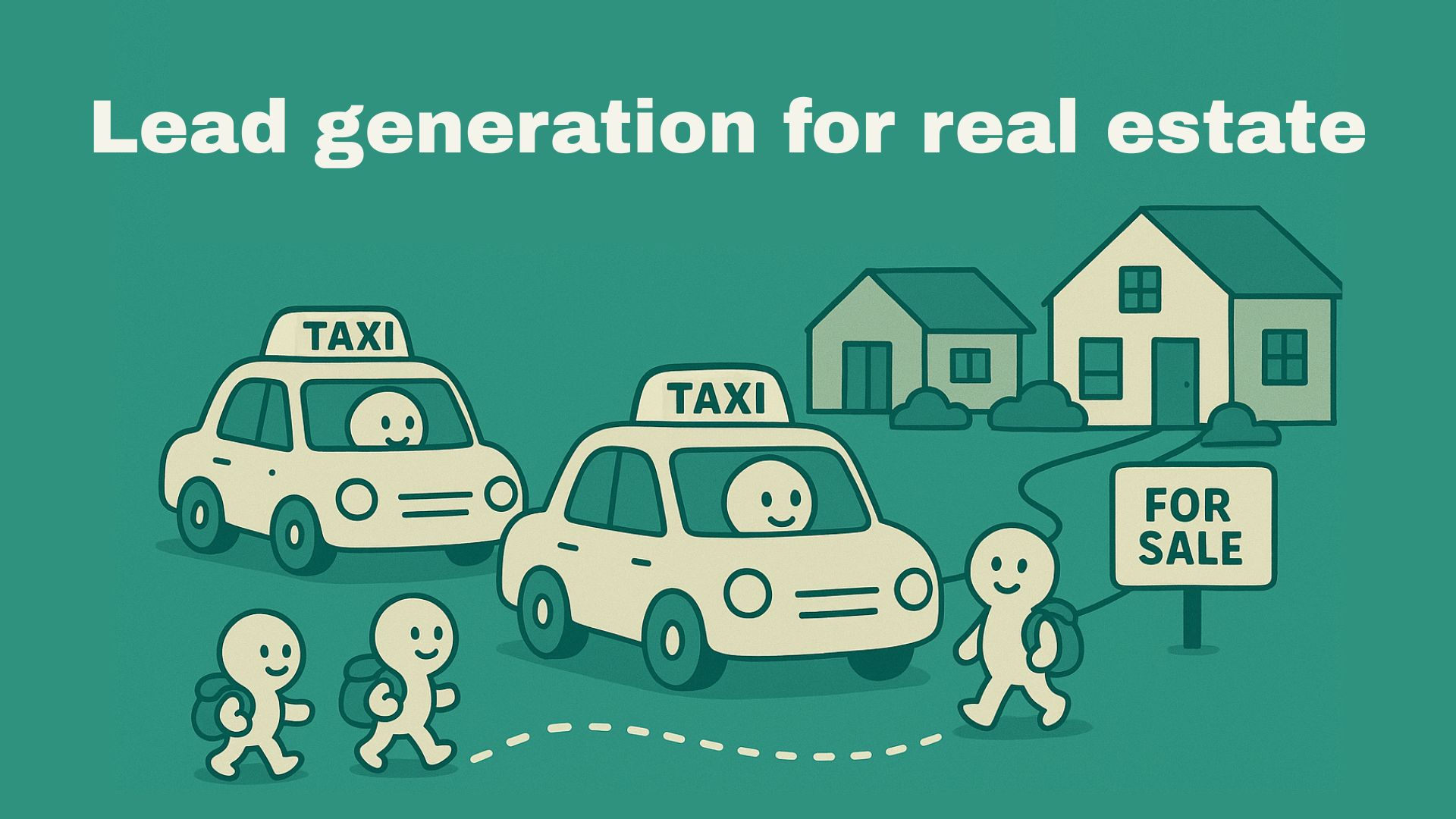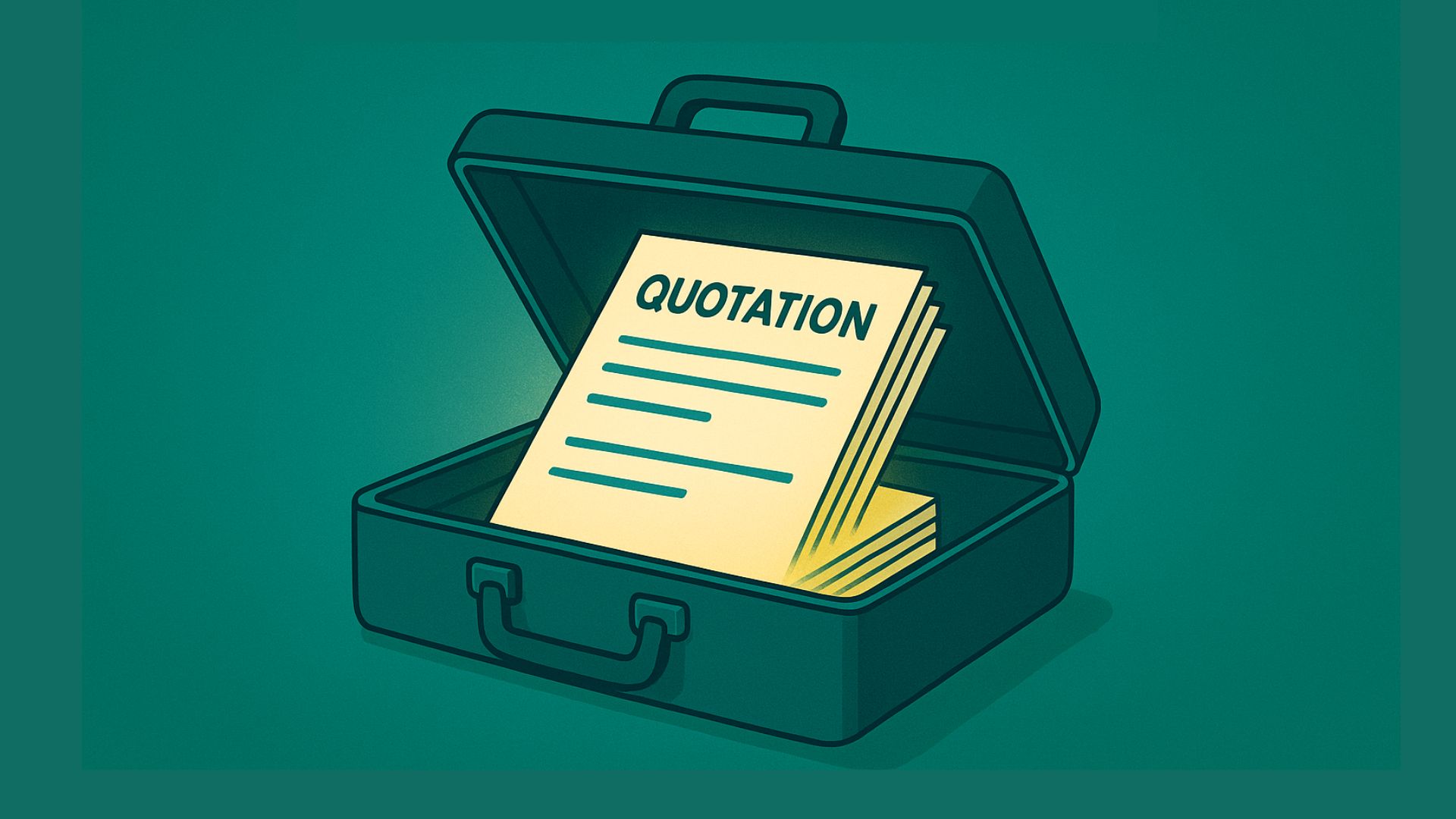

Have you ever signed up for a free trial, totally forgot about it and then, a month later, money is debited on autopay from your account? Most of our daily life apps use this model to acquire customers. Spotify, LinkedIn, ChatGPT, Filmora and the list just goes on. But for now, we’ll stop here and learn more about the wider known concept behind these businesses: What is SaaS sales?
We will also dive deeper into different SaaS models businesses use, sales strategies and how to study a few metrics to look out for.
What is SaaS sales?
📈 How is SaaS a growing industry?
The SaaS industry is booming, and for good reason. It offers businesses several advantages: lower upfront costs, scalability, automatic updates, and accessibility. This has fueled its rapid growth, making it a dominant force in the software market.
According to Statista, the SaaS industry is projected to reach US$390.46 billion in 2025 and US$793.10 billion by 2029.
From startups to Fortune 500 companies, everyone's leveraging SaaS solutions, making SaaS sales a critical function for businesses across the globe.
What are the different SaaS sales models?
Different SaaS businesses adopt distinct sales models:
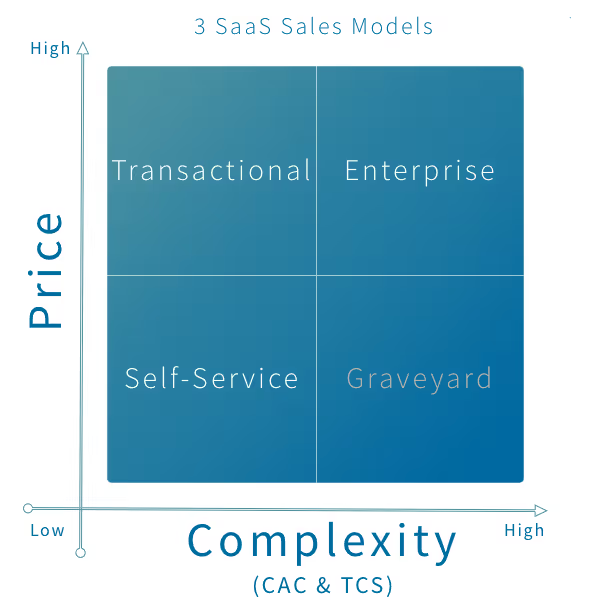
📲 Self-Service SaaS sales
The self service model works best for smaller teams. They’re priced low, affordable and easy to sell at higher volumes. Companies that use this model usually provide freemium free trials to encourage customers to sign up online with minimal to no intervention of a sales rep.
This model uses email drip campaigns, in-app notifications, and limited-time offers to convert free users into paying customers.
In Zoom or Slack, users can easily create accounts and start using the platform. You can also upgrade directly within the app for the premium version, minimizing sales involvement.

💳 Transactional sales
Businesses who use this model typically target small or medium sized companies because the price point is higher and the offering comes with flexible customization options. Since the purchase is expensive, customers require to be approached with tailored solutions by the sales rep.
If you aim to employ this as your strategy, make sure your sales and marketing teams are well trained, have in-depth SaaS and product knowledge.
CRM purchasing customers needing guidance is a prime example of this.
💴 Enterprise SaaS sales
This model is geared towards larger organizations who seek solutions to complex problems. The sales cycles are much longer and involve multiple stakeholders.
The pricing here is the most expensive among the three, requires maximum customization and a dedicated sales team to cater to their prospective customers.
Sales reps take care of everything from answering client questions to demo to improved customer service to build stronger relationships to secure higher renewal rates.
Superleap CRM offers highly customizable solutions and requires significant sales involvement, falls under this category.
Proven selling techniques for SaaS sales
Freemium-to-paid conversion tactics
Offer a free version of your product with limited features to attract users. Use targeted in-app messaging, email campaigns, or feature upgrade prompts to nudge users toward paid plans.
Canva uses prompts like “Unlock premium templates” to convert free users into paid subscribers.
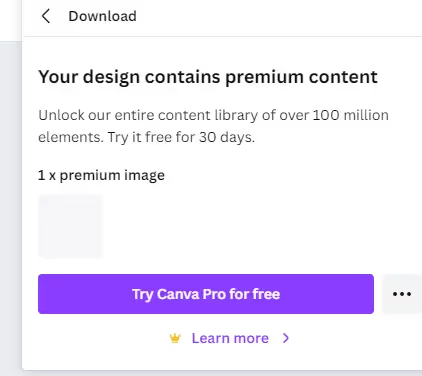
Product-led sales motions
Let the product drive the sales process. By offering free trials, live demos, and hands-on experiences, prospects can experience the value of your product firsthand.
Tools like Slack and Zoom highlight the ease of use and collaboration features during trials to convert leads.

Multi-touch onboarding flows
SaaS buyers expect seamless onboarding. Create personalized, multi-step onboarding workflows to guide users through your product, combining product tours, email tips, and live support sessions.
Slack uses a blend of video tutorials and live onboarding calls to ensure adoption.

Trials with usage-based nudges
During free trials, leverage usage analytics to send personalized nudges. If a user hasn't explored key features, guide them toward those features with tips or success stories.
Dropbox nudges users to sync devices or share files to see the full value of its product.
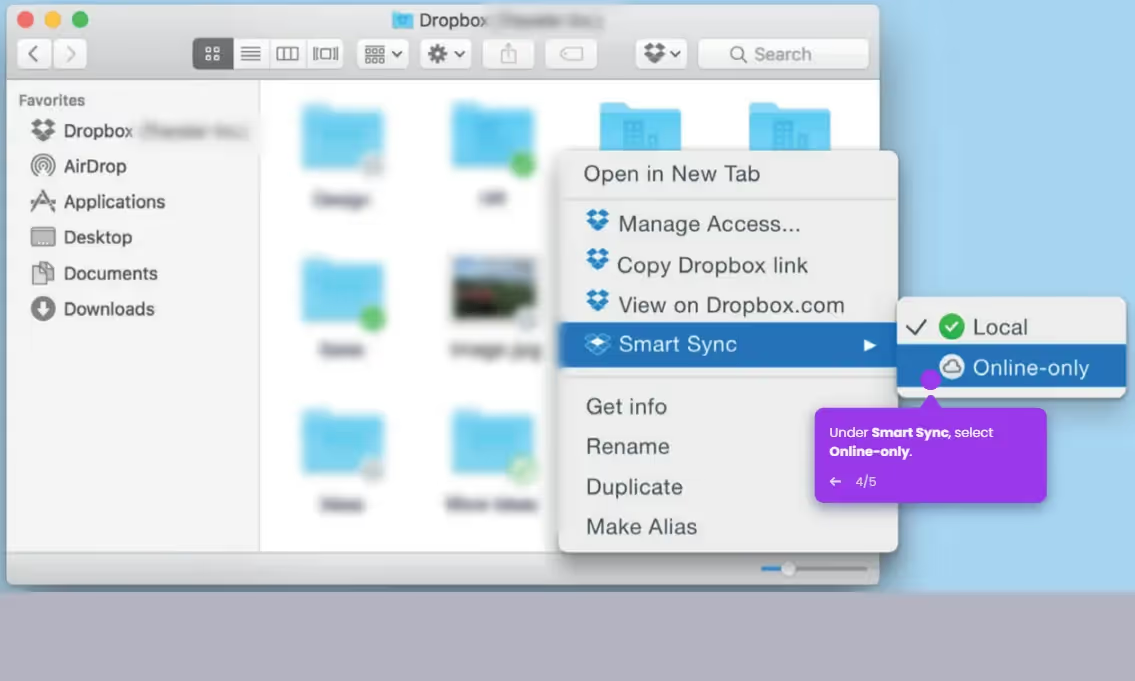
Stakeholder mapping in B2B SaaS
In enterprise SaaS, you’ll deal with multiple stakeholders, each with different priorities. Use stakeholder mapping to identify decision-makers, influencers, and blockers, tailoring your pitch to address their specific needs.
For example, emphasize ROI and security to a CFO versus ease of use to the end-users.
What is the SaaS sales process and strategy?
Unlike traditional software, SaaS sales focuses more on long term customer relationships, demonstrating the value of your SaaS solution, subscriptions, renewals, and much more rather than one-time purchases.
Let’s read about what the SaaS sales process looks like:
🎈 Choose a SaaS model
First, begin by choosing your SaaS model from the three we discussed. This can depend on the size of your business, product and target market.
🔎 Lead generation
Move on to attract potential customers through content marketing, social media, SEO, paid ads, webinars, and referrals.
📝 Lead scoring and qualification
In SaaS sales, not every lead is worth pursuing. Use tools like CRMs to track engagement levels (e.g., trial usage, feature engagement) and use frameworks like BANT (Budget, Authority, Need, Timeline) to qualify those matching your Ideal Customer Profile (ICP).
CRM platforms like Superleap, follow a transactional & enterprise model, can help track and score leads effectively.
👩🏻💼 Sales engagement
Engaging SaaS leads requires a consultative approach. Focus on understanding their needs, pain points, and buying intent.
For instance, if a prospect is struggling with team collaboration, highlight how your software improves productivity with real-world examples and case studies.
Slack, a self-service model, offers personalized onboarding emails to help businesses understand its value before purchase.

🎬 Product demonstrations and trials
SaaS software is not easy to understand, so offering free trials or demos to prospects allows them to experience it first-hand and see its benefits before committing.
At this stage, it is also easier to tailor your sales presentation to client specific needs so they understand your offerings better and align them with their company needs.
Shopify provides a 3-day free trial, post which you can extend the period up to 3 months for $1/month, allowing users to set up an online store risk-free. This is again a self-service model in action.
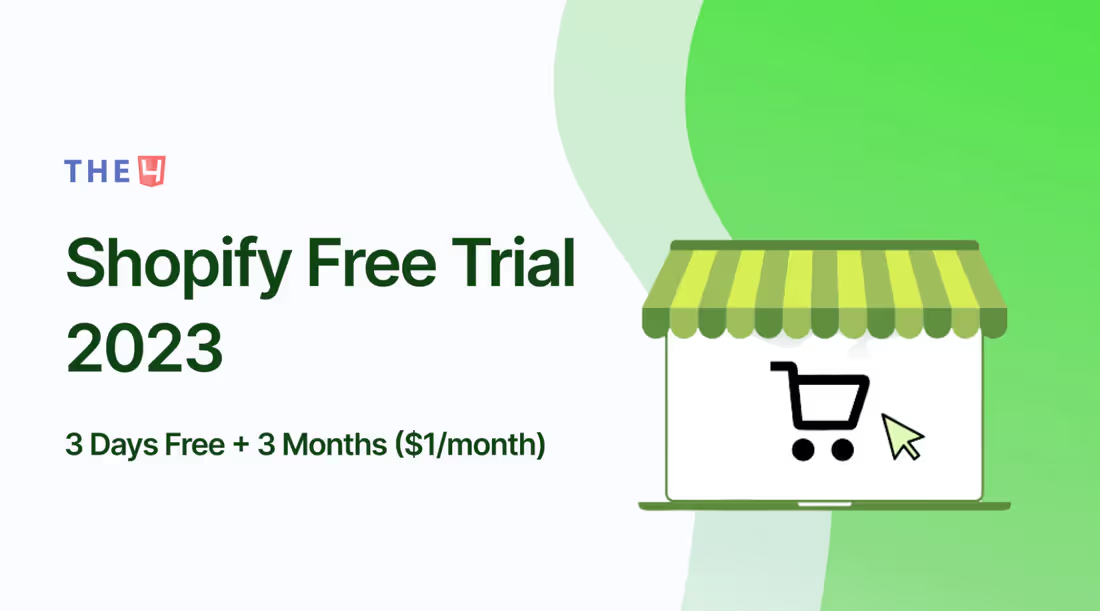
🔐 Negotiation and closing
At this stage in SaaS sales, the customer and sales rep discuss pricing strategy, contract terms and custom features (if any) before finalizing the deal. This step is crucial because each client is unique and their needs may vary accordingly.
For example, enterprise clients might prefer custom SLAs and usage-based pricing, while SMBs may prefer simple monthly plans.
💫 Post sale: renewal & referral
The SaaS sales process doesn’t end after a purchase, rather their businesses depend on recurring revenue.
Renewal: Focus on customer success by offering excellent support, regular updates, and proactive communication.
Referral: Happy customers are the best to drive your referrals by recommending your product in their network. It's a great way to generate new leads and expand your customer base.
Lead metrics
📢 Marketing qualified leads (MQL)
MQLs are leads who have expressed interest in your company or your products or services.
These can be identified by the number of website visitors, people who have downloaded your content, commented on your social media posts, whether they have subscribed to any of your newsletters or attended events hosted by you.
⚡ Sales qualified leads (SQL)
MQLs go through a screening process and convert to sales qualified.
SQLs are leads who have not only shown interest in your business but are also highly likely to convert into paying customers. They are the ones who are looking for a product, have the budget and decision making authority.
As a SaaS sales rep, you should focus on SQLs to close more deals and increase revenue.
🕒 Lead velocity rate
This refers to the number of leads you are generating, and whether it is higher or lower than your MRR. It is useful in measuring growth and allocating resources accordingly.
⚖️ Demo-to-trial ratio
This refers to the percentage of demos that convert into free trials and how many of those free trials convert into closed deals.
Revenue metrics
💰 Monthly Recurring Revenue (MRR) vs. Annual Recurring Revenue (ARR)
MRR: The monthly fee agreed upon in a contract, received every month.
ARR: The total revenue made annually by subscription-based businesses and SaaS.
MRR tracks monthly income, while ARR represents yearly revenue.
💵 Customer acquisition cost (CAC)
This refers to the cost of acquiring a new customer.
How to calculate CAC?
🌟 Customer lifetime value (CLTV)
🤝 Closed and lost deals
Closed deals refer to leads who were successfully converted into paying customers and lost are the ones who slipped from the pipeline. These metrics help track sales performance.
CLTV is the total revenue you expect to generate from a customer based onover their relationship with your business.
Retention metrics
📉 Churn rate
Churn rate is the percentage of customers who cancel their subscriptions.
✏️ Net promoter score (NPS)
This metric measures customer experience and satisfaction, serving as a key indicator of business growth. It helps identify areas where the company needs to refine its strategies while also highlighting successful aspects that can be further optimized.
How to calculate net promoter score?
How to resolve challenges in SaaS sales?
Heading text
Nunc sed faucibus bibendum feugiat sed interdum. Ipsum egestas condimentum mi massa. In tincidunt pharetra consectetur sed duis facilisis metus. Etiam egestas in nec sed et. Quis lobortis at sit dictum eget nibh tortor commodo cursus.
Odio felis sagittis, morbi feugiat tortor vitae feugiat fusce aliquet. Nam elementum urna nisi aliquet erat dolor enim. Ornare id morbi eget ipsum. Aliquam senectus neque ut id eget consectetur dictum. Donec posuere pharetra odio consequat scelerisque et, nunc tortor.
Nulla adipiscing erat a erat. Condimentum lorem posuere gravida enim posuere cursus diam.
.svg)

